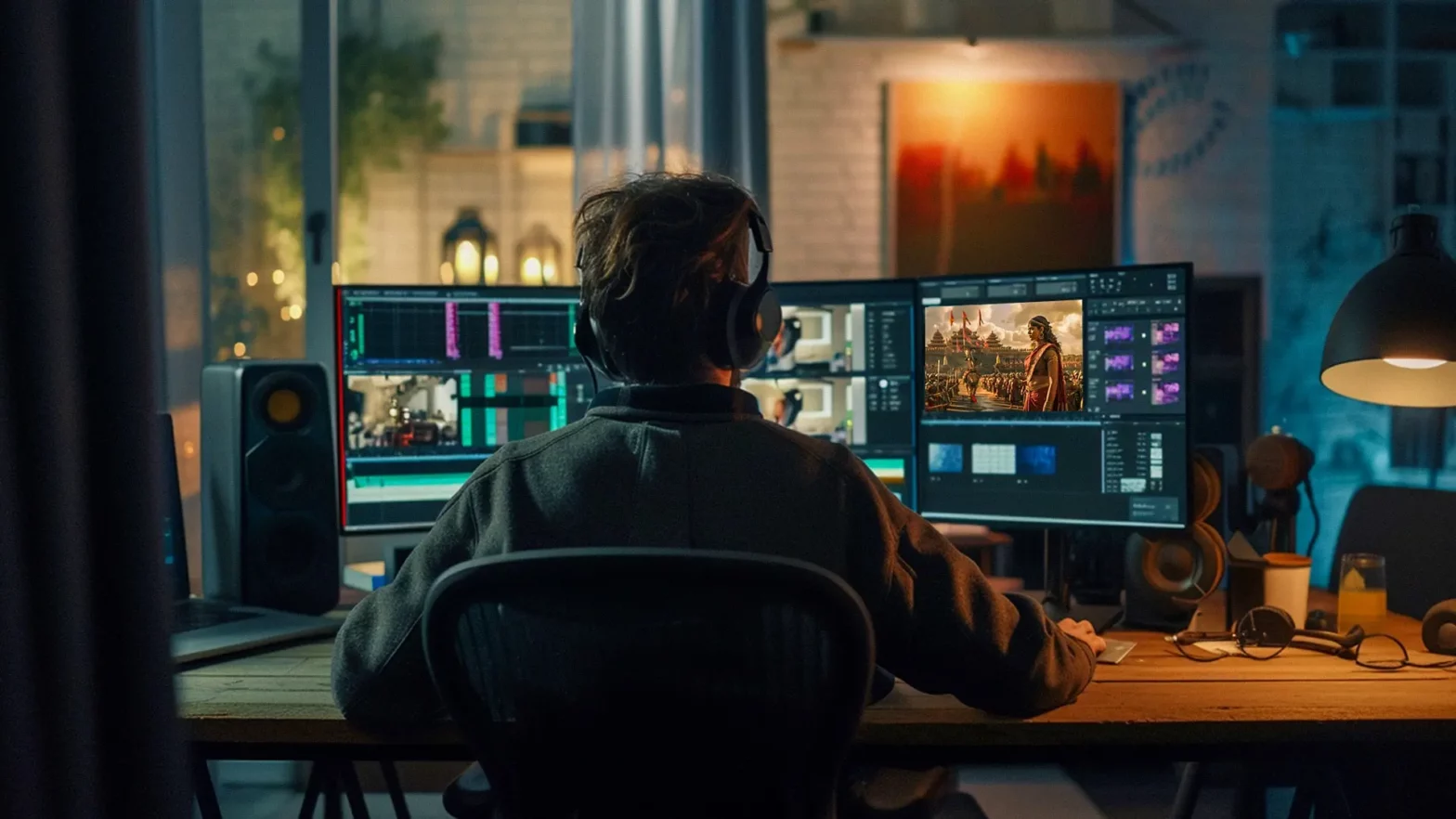Table of Contents
In today’s digital age, it’s hard to imagine a world without the stunning visuals we see in movies, TV shows, and video games. Behind many of these breathtaking scenes lies the wizardry of Computer-Generated Imagery (CGI). But what is CGI animation and how does it work? Let’s find out!
What is CGI Animation?
CGI, short for Computer-Generated Imagery, refers to the creation of images or animations using computer software. It’s a broad term encompassing various techniques, but its primary application lies in creating lifelike visuals for films, television, advertisements, and video games.
CGI Animation: Bringing Fantasies to Life
One of the most prominent applications of CGI is in animation. CGI animation involves generating moving images using computer graphics. Unlike traditional animation techniques like hand-drawn or stop-motion animation, CGI animation relies entirely on digital tools to create lifelike movements and environments.
How Does CGI Animation Work?
Modelling: The process typically begins with modelling, where artists create digital 3D models of characters, objects, and environments. These models serve as the foundation for the entire animation.
Texturing: Once the models are created, artists add textures to them, giving them realistic colours, patterns, and surfaces. This step is crucial for adding depth and detail to the animation.
Rigging: Next comes rigging, where animators add a digital skeleton to the 3D models. This skeleton, known as a rig, enables animators to manipulate the models and create movements.
Animation: With the models rigged, animators bring them to life by creating keyframe animations or using motion-capture technology. Keyframe animation involves setting key poses for the characters at different points in time, while motion capture records real-life movements and applies them to digital characters.
Lighting and Rendering: Lighting plays a crucial role in CGI animation, as it affects the mood, atmosphere, and realism of the scene. Artists use digital lighting techniques to illuminate the virtual environment realistically. Once the animation is complete, the final step is rendering, where the computer processes all the visual data to produce the final images or frames.
Post-Processing: After rendering, artists may apply additional effects such as colour grading, compositing, and special effects to enhance the visual quality of the animation further.
The Evolution of CGI Animation
CGI has come a long way since its inception, with advancements in technology continually pushing the boundaries of what’s possible. Early CGI films like “Toy Story” revolutionised the animation industry by showcasing the potential of computer-generated characters and environments. Since then, CGI animation has become increasingly sophisticated, with films like “Avatar” and “Frozen” setting new standards for visual excellence.
The Impact of CGI Animation
The rise of CGI has had a profound impact on the entertainment industry, enabling filmmakers to create immersive worlds and captivating stories that were once unimaginable. From epic fantasy realms to futuristic sci-fi landscapes, CGI animation has opened up endless possibilities for storytelling and creativity.
Challenges and Limitations
While CGI offers unprecedented flexibility and realism, it also presents its fair share of challenges. Creating convincing digital characters and environments requires a combination of artistic skill, technical expertise, and computational power. Additionally, rendering complex scenes can be time-consuming and resource-intensive, often requiring powerful computers or render farms to complete.
In summary, CGI is a groundbreaking technology that has revolutionised the way we create and experience visual media. By harnessing the power of computer graphics, artists can bring their imaginations to life with unparalleled realism and detail. From beloved animated classics to blockbuster Hollywood films, CGI animation continues to shape the landscape of entertainment, captivating audiences worldwide with its awe-inspiring visuals and storytelling prowess. As technology continues to evolve, one thing is certain: the magic of CGI animation will only continue to grow, captivating audiences for generations to come.
Frequently Asked Questions:
What CGI Software do Artists Use?
The best option is when software combines 3D modelling, rendering, and animation features. The most widely used examples are Autodesk 3ds Max, Maya, Blender, Cinema 4D, Lumion, Houdini, Maxwell. You can find more info about them in our article about the best product rendering software on the CGI production market.
What Software does Marvel Use for CGI?
Fun fact: The incredibly talented team that worked on the VFX of the Avengers movie used Adobe After Effects to create the stunning visual effects!

